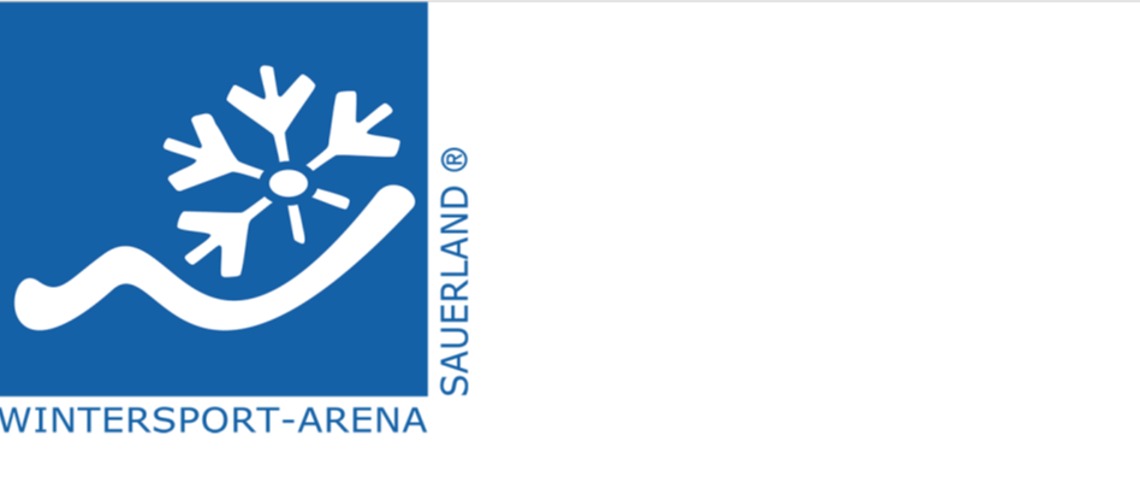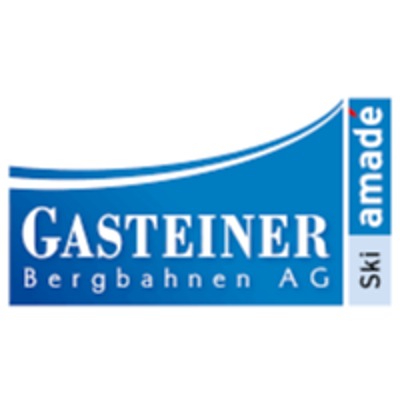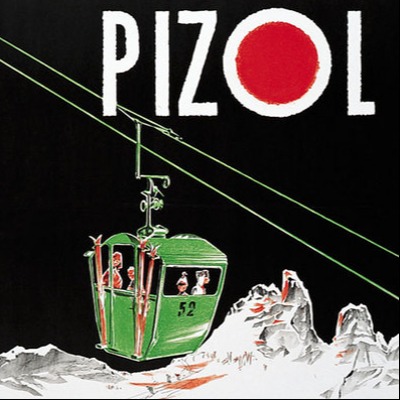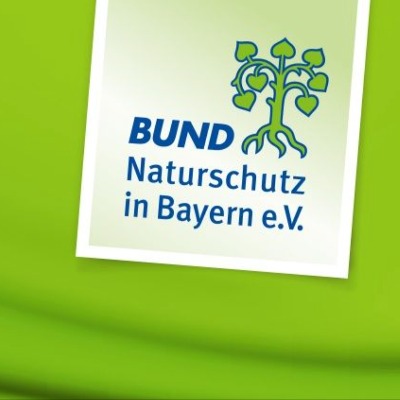Sauerland Winter Sports Arena Celebrates 20 Years

Founding of the Sauerland winter sports arena 20 years ago: a look at the development
Sauerland Winter Sports Arena has celebrated the twentieth anniversary of its founding. Those responsible look back on 20 years of success, progress, but also great, changing challenges.
Short review
The foundation was preceded by the pilot project in the Postwiesen ski area in Neuastenberg in the winter of 2001/2002. The operators proved that with the support of technical snowmaking, winter sports are also possible in high quality and on an economical basis in the low mountain ranges. Until then, this only applied to the Alpine region. This was preceded by the experience of the snow-poor 90s, when winter sports in the Sauerland threatened to lose importance. This changed suddenly.
The success of the first project quickly led to further measures in other ski areas. Snowmaking projects in Altastenberg, Bödefeld, Westfeld, Winterberg and Willingen followed. During this time, on the North Rhine-Westphalian side, the construction of storage ponds, power system and pump houses was funded with around 6 million euros (50%). The remaining part and all associated investments such as snow guns and lifts were borne by the operators themselves. After 2006, investments amounting to well over 100 million euros were borne purely by private companies.
meaning and purpose
The past three very challenging years show how important it is to have an interest-based community. In the beginning it was mainly about promotion and marketing, but in the meantime the tasks have changed significantly in some cases. The Sauerland Winter Sports Arena is the public platform dedicated to communicating with guests. It works closely with the Sauerland Ski Lift Association, which works more internally. During the pandemic, the ski areas acted together across both platforms and successfully campaigned for the opening of the ski areas. The result: Winterberg and Willingen were the only areas in Germany to open at the end of winter 20/21. Some guests even traveled from Bavaria to take advantage of this. The current energy shortage with the associated high prices shows once again how important it is. Many ski areas had joined a purchasing group. This did not bring entirely satisfactory results, but at least a significantly better negotiating position. Nationally, the Association of German Cable Cars complements the sphere of activity of the regional actors.
changing challenges
The most important tasks of the Sauerland winter sports arena were initially to increase snow security and the ability to plan the winter and to make the offers known. This has succeeded. The season has settled down. Even in mild winters, at least one core offer is available from December to March. This was followed by an increase in quality in the area of infrastructure and the offers from rentals to ski schools.
With the advancing climate change and the discussion about the energy requirements of technical snowmaking, new challenges were faced by the ski areas. Just a few years after they were founded, the ski areas began to work on optimizing their energy concepts and using renewable energies, and set themselves the goal of climate neutrality by 2030.
Despite global warming, the winters will continue to have frosty weather conditions, which make snowmaking possible and often enable winter sports to be carried out continuously. This is the principle of technical snowmaking: use cold weather conditions to produce snow to bridge mild phases. In the major areas, the season is safer today than ever before, while the length of the season is constant. In the medium-sized ski areas with snowmaking, the average length of the season has fallen slightly. For economic reasons, attempts are being made to keep the season more compact and to increase profitability. In the natural snow ski areas, on the other hand, the seasonal days have noticeably decreased over the years.
Studies show: With the help of technical snowmaking, the ski areas should be able to offer winter sports on an economic basis for the next 20 years. Until then, the region's ski areas will contribute to flourishing tourism, secure sources of income, jobs and a high quality of life in the region.
The greatest challenges include rising costs in the areas of personnel and energy, increasing staff shortages with simultaneously increasing requirement profiles in terms of training and energy shortages.
There are also logistical challenges. Despite the continuous development of technical possibilities, winter sports are subject to the influences of the weather. Not only the quality of supply, but also the demand. If the weather services report dry, sunny and cold winter weather, visitor peaks occur that are difficult to absorb. In such situations, the entire range of offers in the region is needed. Up to 130 lifts in more than 30 ski areas could run with the right snow conditions. But visitors tend to flock to where the most lifts and slopes are available. Directing visitors even more than before is one of the greatest challenges of the future. This is the only way to ensure the quality of experience on peak days and to reduce the burden on locals from high arrival traffic. For this purpose, the ski areas have created joint tickets and used ski buses, which are becoming increasingly popular. In one to two years, the AIR project will use artificial intelligence to help regulate travel and channel demand.
developments and changes
The increasing reliability of snow and the predictability of the winter season have meant that hosts can make bookings early, plan and invest better themselves and thus create higher-quality offers.
In the largest ski areas, the audience has become more international. In the past only Germans and Dutch people were on the slopes, but over time Belgians, Englishmen, Danes and Poles joined them. It is not uncommon for the Chinese, New Zealanders and Japanese to use it on a city trip to Cologne, for example. the opportunity for a trip to the winter sports areas. Events such as the Snowboard World Cup have contributed to this development.
Ski areas are increasingly having a channeling function. Snow is an element of longing. People look for these experiences. When they become scarcer, a guiding and channeling function is needed to protect people and nature. The lockdown winter has shown what happens when people flock to the snowy areas in large numbers, unguided and without the necessary infrastructure. After the ski areas opened and the necessary offers were available, this pressure disappeared.
Outlook:
Despite all the challenges, the operators of the ski areas and cross-country skiing areas are looking ahead and working continuously on improvements. The ski areas have been using only green electricity for two years now. They want to get even more involved in this area and try to initiate direct acceptance of wind farms in the region in the future. This reduces dependence on listed electricity. After the construction of the first large solar park in the Remmeswiese in 2009 and a few more photovoltaic systems on the roofs of the functional buildings, the expansion is to be pushed even further.
Years ago, the lift operators checked the feasibility of generating wind energy on their areas. So far, it was not possible to moor one or more wind turbines there. With the Wind-on-Land Act, the federal government created a new regulatory regime for the expansion of wind energy in the summer of 2022 and set new area targets for the federal states. These areas are designated at regional planning level. Some lift operators are now having the possibility of generating wind energy checked again. If the feasibility study is positive, the first projects should be created as soon as possible.
Another lift is to be integrated into a summer concept at the Willinger Ritzhagen in the coming months. The six-seater chairlift should now also run in summer. From the mountain peak, hikers start beautiful tours in the direction of the Feuereiche or the Langenberg, the highest mountain in the Sauerland. Further attractions are to be added to the already existing summer toboggan run with gastronomy. A mountain cart track and a family adventure trail are to be built.
In the ski carousel Altastenberg, the largest investment in the area's history is announced for the coming winter. A new four-seater chairlift is to replace two old anchor lifts. In addition, the chapel slope is to be extended for this purpose
milestones
- Funded by the state of North Rhine-Westphalia, the following projects were implemented:
- 2002/2003 Snowmaking system in the Postwiesen ski area Neuastenberg
(Initial project for the winter sports arena master plan) - 2003/2004 Trail setter for the Winterberg cross-country skiing area
- 2004/2005 Snowmaking system in the Bödefeld-Hunau ski area
- Trail setter for the Girkhausen trail skiing area
- First uniform marketing appearance with brochure and internet pages
- 2005/2006 Snow-making system in the Altastenberg ski carousel
- Snowmaking system in the Westfeld cross-country skiing center
- Introduction of the ticket association Wintersport-Arena Card with initially 4 ski areas
- 2006/2007 Snowmaking system in the ski lift carousel in Winterberg
- Extension of the ticket network to 6 ski areas
- 2012/2013 Quality improvement in Nordic sports (re-measurement of the trails, new signage, Nordic Guide, internet portal, Nordic Card refinancing system)
Funded by the municipality of Willingen and the state of Hesse:
2007/2008 Snowmaking system in the Willingen ski area
All other projects were financed by the lift operators from private funds.
- 2003/2004 Construction of a four-seater chair lift in the Winterberg ski lift carousel
- 2004/2005 Construction of a four-seater chairlift and expansion of the snowmaking system in the Winterberg ski lift carousel
- 2007/2008 Construction of the cable car in the Willingen ski area
- 2005/2006 Construction of a six-person chair lift in the Winterberg ski lift carousel
- 2009/2010 Expansion of the snowmaking system in the Winterberg ski lift carousel
- 2010/2011 Construction of a new snowmaking system on the cap in the Winterberg ski lift carousel, construction of a new six-seater chairlift
- 2011/2012 Construction of a six-seater and a four-seater chairlift in the Winterberg ski lift carousel
- 2012/2013 Construction of the first eight-seater chairlift in Germany and another six-seater chairlift in the Skiliftkarussell Winterberg. Connection of the lifts on the cap by a ski bridge.2013/2014 Construction of six-seater chair lifts in the Willingen ski area and in the Winterberg ski lift carousel. Construction of a four-seater chairlift in the ski village of Neuastenberg.2014/2015 Snow Factory at the source of the Ruhr
2015/2016 8-seater chairlift and 6-seater chairlift in the Skiliftkarussell Winterberg, two older chairlifts switch to the Ruhrquelle ski area and Astenstrasse2016/2017 quad chairlift in the Skiliftkarussell Winterberg - 2018/2019 Construction of an eight-seater chairlift, expansion of snowmaking, renewal of the floodlights, extension of the piste and construction of multifunctional buildings in the Willingen am Köhlerhagen ski area
2019/2020 Construction of a six-seater chairlift and a piste overpass across a street in the Winterberg ski lift carousel (north slope)
In front of the first panoramic map of the Sauerland winter sports arena: Michael Beckmann (chairman of the Sauerland winter sports arena), Hubertus Schmidt († former second chairman of the Sauerland winter sports arena), Markus Cramer (cross-country trainer, then DSV), Meinolf Pape (ski village Neuastenberg and Sauerland Ski Lift Association), Christoph Klante (Skiliftkarussell, Sauerland Winter Sports Arena and Sauerland Ski Lift Association), Jörg Wilke (Willingen ski area and then on the board of the Sauerland Winter Sports Arena) Fritz Senge († for many years Chairman of the Sauerland Ski Lift Association, then a board member of the Sauerland Winter Sports Arena) .













